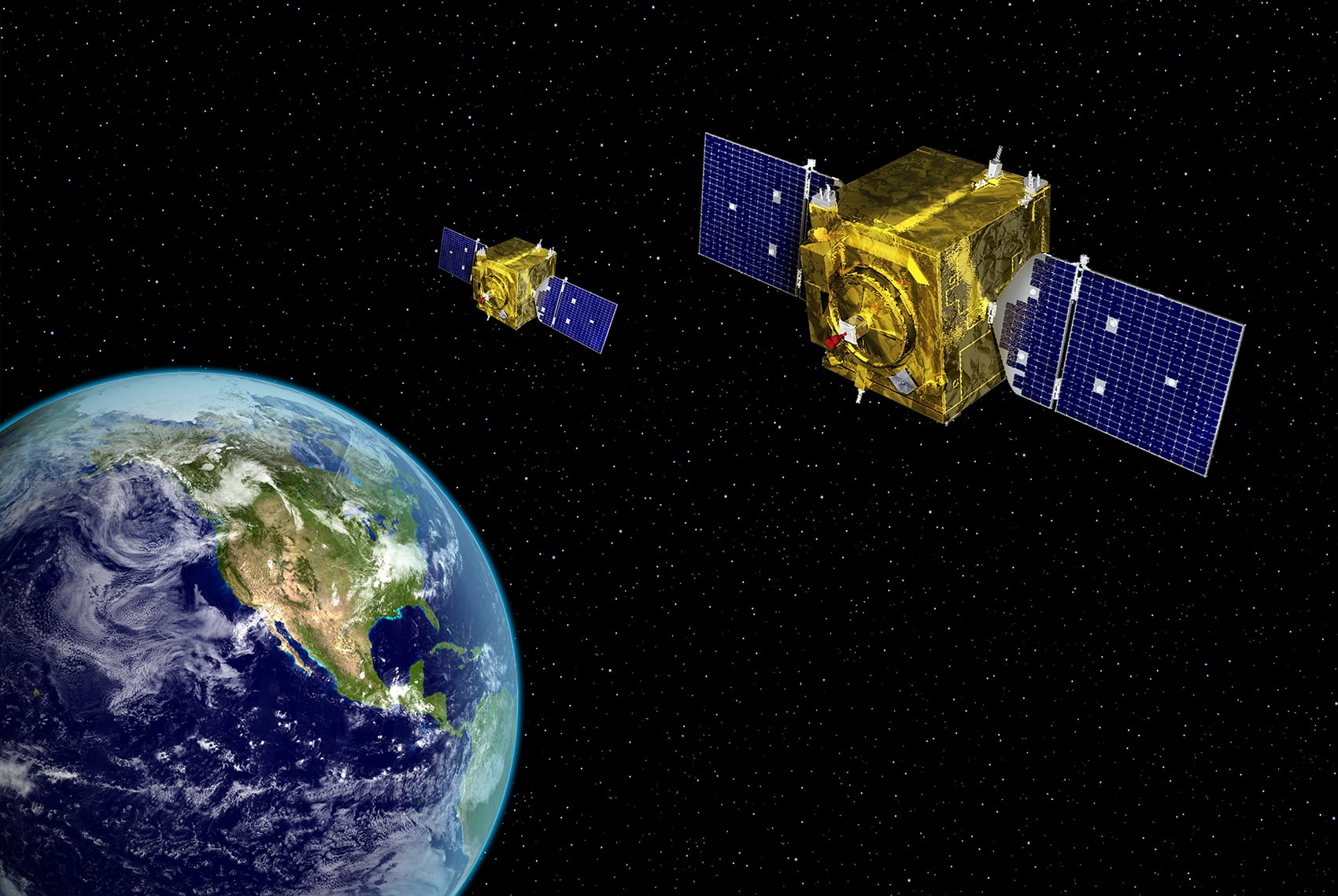WASHINGTON — The U.S. Department of Defense expects to wrap up a review by the end of next month that will inform the Biden Administration’s space policy and guide decisions on the right mix of offensive and defensive capabilities.
National security adviser Jake Sullivan directed DoD and the intelligence community to conduct the “space strategic review,” which should be completed by late June or July, according to Lt. Gen. William Liquori, who oversees strategy, requirements and analysis for the Space Force.
“I anticipate that that will set our playing field, if you will, and define some of the policy aspects for this administration,” Liquori said June 2 during a Mitchell Institute for Aerospace Studies virtual event.
The review will explore what combination of space weapons and defensive capabilities the department and its intelligence partners should operate and how they should talk about those systems in the public domain. Liquori said the review reflects a growing recognition that the U.S. not only needs resilient space systems, it needs a strategy for offensive and defensive operations.
The review will inform the department’s investments in “integrated deterrence” in the fiscal 2024 budget request and beyond, he said.
The Pentagon has been working on a strategy to declassify some programs, and the assistant secretary of defense for space policy told lawmakers last month DoD may rewrite the guide it uses to determine whether a program should be classified and at what level.
John Plumb told the Senate Armed Services strategic forces panel on May 11 that while a recent review of the Pentagon’s space portfolio found that the department’s secret programs are “probably appropriately classified,” there may be room for improvement to the process the department uses to make that determination.
“The fundamental question is, does the classification guide need to be redone?” he said.
The Space Force is also wrapping up a review of DoD’s space-based intelligence, surveillance and reconnaissance requirements, which is part of a larger effort to define the service’s role in the mission and ensure there are no capability gaps.
Liquori said the service has partnered with the National Reconnaissance Office, which develops and operates the nation’s spy satellites, to draft a “needs memo” that is awaiting approval from the Joint Chiefs of Staff.
“That’s what we would have as a starting point for integrating all of the joint requirements for space-based ISR,” he said. “We can’t do that in a vacuum, so we’ve also got the intelligence community working with us.”
The NRO and the National Geospatial Intelligence Agency are responsible for operating most space-based ISR assets, and Liquori said he doesn’t expect there to be a major change in their portfolios. Instead, he anticipates the Space Force will take ownership of a portion of the ISR mission now operated in the air domain.
“Part of the reason for moving it is the unique aspect that being on orbit provides you with a larger coverage area,” he said.
In parallel with the broader space-based ISR requirements review, the Space Force is also developing a force design for a ground-moving target indicator capability. GMTI is used to track targets on the ground and has traditionally been conducted by aircraft like the Air Force’s Joint Surveillance Target Attack Radar System.
The Space Force revealed last year that it has begun development of a space-based GMTI capability and its force design organization, the Space Warfighting Analysis Center, is crafting a plan for how that technology might fit into the broader space architecture.
Liquori said that force design exercise will conclude this month and will inform the Space Force’s fiscal 2024 budget request.
Courtney Albon is C4ISRNET’s space and emerging technology reporter. She has covered the U.S. military since 2012, with a focus on the Air Force and Space Force. She has reported on some of the Defense Department’s most significant acquisition, budget and policy challenges.






